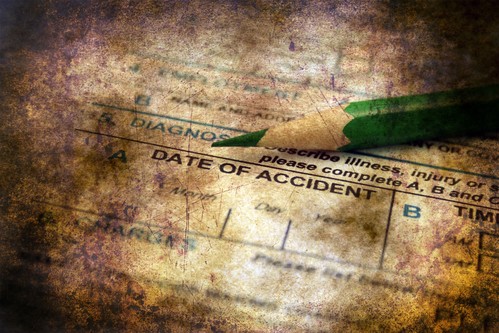Members of the claim management team are required to perform many functions during the business day. This includes meeting the demands of many internal clients and trying to keep abreast of their file load. Given the high-intensity level of the position, a claim handler needs to adopt best practices to meet their job requirements. Effective communication can improve productivity and increase the satisfaction of everyone one comes into contact with during the course of business.
Set Priorities Daily
It is important to set priorities daily. By creating a “roadmap,” a member of the claim management team with arrive at work in the morning ready to tackle the many challenges they face and manage “detours” – even the most unexpected ones.
- Take time at the beginning of every workday to develop a plan. This does not need to be a one size fits all approach, as we all have our unique origination methods. It is important to have a list of what needs to be accomplished and then rank those tasks.
- When given an assignment, ask for a due date. If one is not given, be sure to follow-up with the assignor as to the importance of needing one. Use this as an opportunity to communicate with the person making the assignment as to time constraints.
- Check-in on a regular basis as to the status of ongoing projects with the person assigning a project. This allows that person to know if your circumstances have changed.
Click Link to Access Free PDF Download
Email, Telephones, Group Chats, and Meetings
The modern workplace is filled with different forms of communication. Each method of communication has its benefits and pitfalls. People need to use each form of communication effectively.
- Email: Email is a preferred method of communication in many instances, given the fact messages are sent at the speed of light. It can also send in a secure manner, confidential documents and other information. Drawbacks can create confusion. Avoid hitting the “REPLY ALL” button so it does not clog other’s inboxes. Drawn out conversations can also get lost if all are not included on a message. While we all strive to be professional, sending the complimentary “thank you” email can needless clog another’s inbox.
- Telephones: Society has been transformed by cellphones and “smart” devices. These items were once exclusive to the rich – now, just about everyone has a mobile device. We call people directly, not a location. Claim handlers can appear to be absent when their voice mail greeting is outdated, or the inbox is not properly set up.
- Group chats: Modern society is also filled with countless group messaging platforms. These include Microsoft Teams, Yammer, and Jabber. The benefit of these systems is it allows larger groups of people to communicate ideas without cluttering someone’s email inbox. Most of these programs are free or built into software packages.
Before sending a message, consider what platform is best.
Meeting Expectations of Injured Employees
The most important role of a claim handler is to be the insurance company’s face and be responsive to injured employees. This is a challenge given the ever-growing demands placed on individuals that work in this important role. Consider the following tips for providing best in class customer service.
- Schedule your workday efficiently so that you are available to take telephone calls at the convenience of the employee. Examples of this include moving your lunch break so you are at your desk and able to take telephone calls during the “normal” lunch hour. Other times it is important to be available is during customary times for mid-morning and afternoon breaks.
- Ask injured employees to tell you when they are available for a callback. This information can be used to better schedule your time and be responsive.
- Refuse to irritate; refuse to be irritated. Most claims handlers have years of workers’ compensation experience. On the other hand, employees are “learning” workers’ compensation after a work injury. Force yourself to smile when talking to an employee. This will make your voice sound friendly.
FREE DOWNLOAD: “5 Critical Metrics To Measure Workers’ Comp Success”
Conclusions
Members of the claim management team have countless expectations that ride on top of an ever-increasing file load. This requires claim handlers to constantly improve their planning and communication skills. Taking time to organize and use technology can assist in effective communication with all interested stakeholders.

Author Michael Stack, CEO Amaxx LLC. He is an expert in workers’ compensation cost containment systems and helps employers reduce their workers’ comp costs by 20% to 50%. He works as a consultant to large and mid-market clients, is a co-author of Your Ultimate Guide To Mastering Workers Comp Costs, a comprehensive step-by-step manual of cost containment strategies based on hands-on field experience, and is the founder & lead trainer of Amaxx Workers’ Comp Training Center, which offers the Certified Master of Workers’ Compensation national designation.
Contact: mstack@reduceyourworkerscomp.com.
Workers’ Comp Roundup Blog: https://blog.reduceyourworkerscomp.com/
©2020 Amaxx LLC. All rights reserved under International Copyright Law.
Do not use this information without independent verification. All state laws vary. You should consult with your insurance broker, attorney, or qualified professional.
FREE DOWNLOAD: “5 Critical Metrics To Measure Workers’ Comp Success”


















